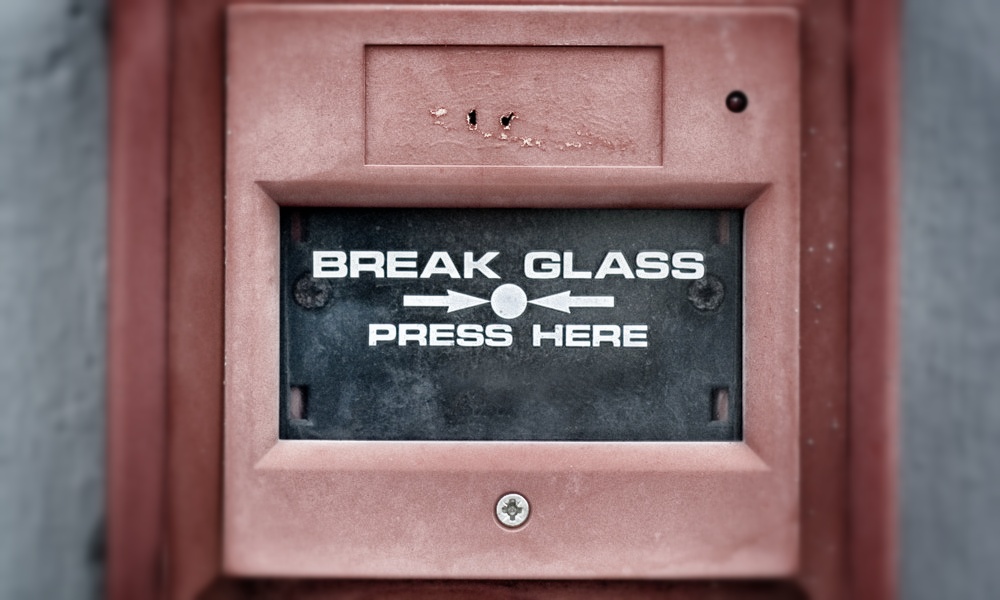
A Gaming Group’s Crisis Plan for the Sandy Hook Shooting
As the Entertainment Consumers Association discovered in the wake of tragedy, having a plan in place to respond to the media and critics is essential.
It’s never easy to push forward (in life or at work) in the face of a horrific occurrence like the shooting at Sandy Hook Elementary School in Newtown, Connecticut. But that’s exactly what the Entertainment Consumers Association (ECA), located just 25 miles south of Newtown, in Wilton, Connecticut, had to do.
Much like addressing a physical wound, we had to take a step back and analyze the severity and complexity of the situation.
“Much like addressing a physical wound, we had to take a step back and analyze the severity and complexity of the situation,” said Jennifer Mercurio, vice president and general counsel for ECA, which represents consumers of interactive entertainment in the United States and Canada.
Violent video games and movies have often been blamed for contributing to gun violence, particularly after mass shootings like the ones last year at a movie theater in Aurora, Colorado, and at Sandy Hook.
In response to criticism from groups such as the NRA, ECA President Hal Halpin questioned any connection between gaming and gun violence.
“I’d simply and respectfully point to the lack of evidence to support any causal link,” Halpin said in a letter posted on the organization’s website. “Until there are any details that point to media-related blame, it’s premature to make any such assumptions.”
“The statement effectively and succinctly answered the slew of queries we’d been getting,” said Mercurio. “To a large extent, it allowed the press and public to know where we were coming from before engaging in a fuller conversation.”
Having a plan in place for dealing with crisis situations is critical, Mercurio said. “In any organization, one needs to be able to address different issues simultaneously,” she said. “When you are actually dealing with a crisis, one can simply opt in to the crisis management plan.”
“Because of the work that we do revolving around the First Amendment and free speech, we realized, many years ago, that we needed to have a structured protocol in place,” she said. “We analyze the situation as it happens, talk relatively quickly, and see if we’ve gotten any immediate input from members or chapter presidents, how they’re reacting, and what their questions are. At the front end, we analyze the threat, how it’s impacting the organization precisely, and try to isolate it and respond accordingly.”
How has your association employed crisis management? Share your experience in the comments.
(iStockphoto/Thinkstock)






Comments